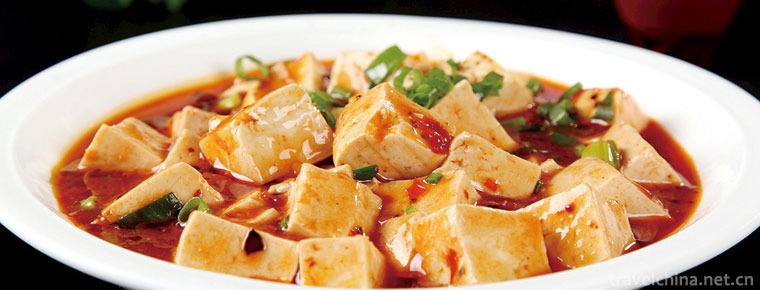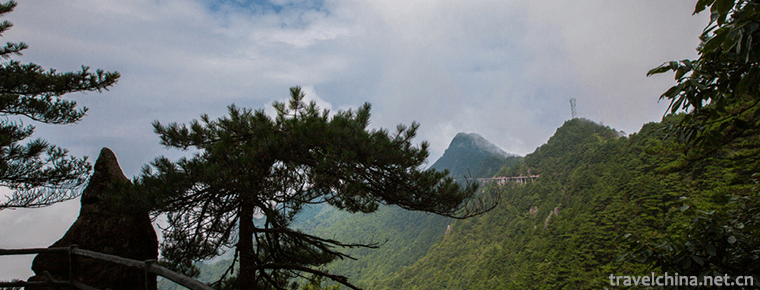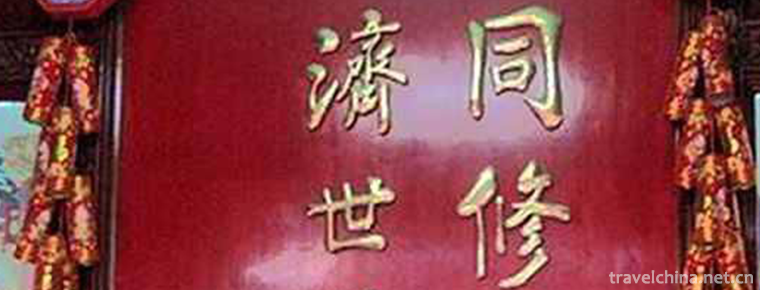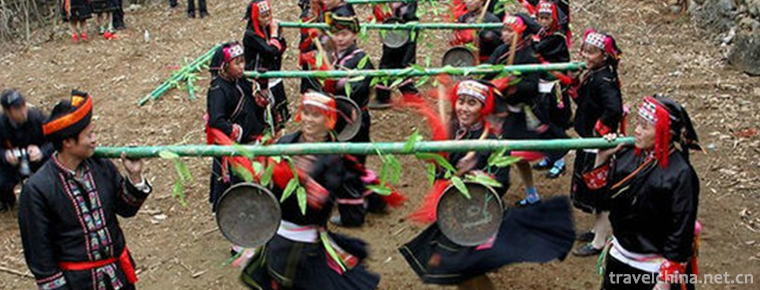Printing and Dyeing Techniques of Liquidambar formosana
Printing and Dyeing Techniques of Liquidambar formosana
Maple fragrance dyeing and production technology, Guizhou Huishui County, Majiang County, local traditional skills, one of the national intangible cultural heritage.
Maple fragrance dyeing production process is complex, generally through pattern drawing, pattern coloring, dyeing vat dipping, high temperature degreasing, rinsing and drying and other processes, the final production of Maple fragrance dyeing products.
On June 7, 2008, the technology of Fengxiang dyeing was approved by the State Council of the People's Republic of China and selected into the second batch of national intangible cultural heritage list, item number_-108.
historical origin
Historic Origin of Maple Fragrance Dyeing Technology in Huishui County, Guizhou Province
From the fifth year of Emperor Qiande (967) to the second year of Emperor Yuanfu (1099), Nanning Prefecture (now Huishui) sent 13 tributes to Beijing (now Kaifeng). The tribute was batik. "Song History" 493 volumes: "Nanning specialty horses, cinnabar... Batik cloth...". It can be seen that the batik dyeing process in Guizhou was mature in the Song Dynasty, and the maple fragrance dyeing process was developed under the influence of the batik dyeing process. From the perspective of materials, tools, decorations and production technology, the maple fragrance dyeing in Huishui County has independent technological characteristics and aesthetic value.
According to the survey of Fengxiang dyeing artists in Huishui County, Guizhou Province, there are three generations of Fengxiang dyeing artists from Yang Zhengxin, the first generation of Fengxiang dyeing artists born in the four years of Guangxu in the Qing Dynasty (1878). So far, it has a history of more than 100 years, but there should be a historical continuity relationship before, and its origin should be earlier.
Historic Origin of Maple Fragrance Dyeing Technology in Majiang County, Guizhou Province
According to some historical records of Qian Ji, Kangxi Tong Zhi of Guizhou and Duyun County Zhi Manuscript, during the Hongwu Period of the Ming Dynasty, a Yao ancestor moved from rotten soil to Duyun Jichang, then to Niuchang, and finally settled in Heba area of Majiang County. Yao people in the territory "live in deep mountains" and "in poor valleys", historically known as "Suixi Valley Group", therefore, the economic characteristics of mountainous areas are prominent, and the economic development is slow down. Clothing mainly depends on cotton seed spinning, self-weaving, self-dyeing, self-made. The Yao people in Majiang County were skilled in Maple scent dyeing hundreds of years ago.
Maple incense dyeing and handicraft in Majiang County has been going on for hundreds of years without interruption. They all originate from the needs of folk customs in popular areas and are part of the daily life of local people. Maple fragrance dyeing has been produced in folk production, and is still processed and used in many ethnic areas today. For a long time, its handicraft has always maintained the traditional method, and has not changed.
Process characteristics
Characteristics of process materials
Maple oil is an important raw material for maple fragrance dyeing. The maple wood which can secrete Maple oil is red, and its leaves turn red in autumn. The method of extracting Maple oil is similar to cutting rubber. Cut the outlet on the maple tree with a knife and axe, and the maple oil will flow out. After being accepted by the container, add water to boil on the fire, filter the residue with filamentous brown skin, and wait for the maple oil to float on the water surface, then cool and solidify.
Maple oil also needs butter as a material, which has two functions: adding butter to Maple oil can increase toughness, and it is easy to remove grease after dyeing. Butter and maple oil are blended in a ratio of 1:1, and then the blended oil is solidified for ready use.
Color and Patterns
Blue and white are the soul elements of traditional Maple fragrance dyeing. The natural combination of simple indigo dyes and maple butter, or white or white flowers on blue background, together with the natural ice crack effect, makes the rhythm of maple fragrance dyeing as different as blue and white porcelain. It is rich and light, and exudes the elegant style of humanistic and natural integration. Liquidambar formosana printing and dyeing pattern is fresh and bright, does not pursue texture effect, fine picture, decorative pattern self-contained system, contains rich traditional cultural connotation, has high practical value and academic research value, is to explore the inheritance and development of national culture rare "unearthed cultural relics".
The patterns are mainly deformed and exaggerated flowers, grass, fish, insects and sparrows, among which geometric patterns, thunder patterns, moires, serrated patterns, etc. Then, dip the bamboo stick in the melted Maple butter butter mixture, and oil the drawing along the pattern. It is called "dot flower". After dot flower, the cloth is dried and dyed. Send the dotted cloth to the dyeing shop in the village for colouring. Generally black or indigo.
Liquidambar formosana dyed products have exquisite design and stable decorative style. They are the manifestation of Guizhou folk arts and crafts. They are different from batik dyeing in other areas of Guizhou by their simple and elegant decorative techniques and unique national handicraft. It bears the blending of historical civilization and modern society as well as the national aesthetic ideal and the desire for a better life, and is recognized by Buyi, Miao and Yao nationalities. Among the Majiang Yao people, many maple fragrance dyed products are put together. They can know which one comes from which family and from whom. What is the historical origin of a pattern and why it should be used are closely related to the historical changes of the nation.
Inheritance and protection
Inheritance value
Fengxiang dyeing has precious research value in national history, humanities, folklore, aesthetics and so on. Yao people have language but no words, and Fengxiang dyeing skills are only taught by mouth and heart. The patterns used are closely related to the historical changes of the nation, and the Fengxiang dyeing technique carries too much historical and humanistic information of the Yao people. Fengxiang dyeing is one of the two main handicraft skills of the Yao nationality. Its process is complex and exquisite, and its design is exaggerated and exquisite. It highly reflects the wisdom and rich imagination, creativity and aesthetic consciousness of the Yao people. Fengxiang dyeing products are mainly used for clothing, straps, quilts, etc. They are magnificent, simple and beautiful, reflecting the traditional character of the Yao people, which is stable and elegant and not well publicized.
Inheritance status
Because of the complexity of maple fragrance dyeing process, long learning cycle, self-spinning cotton cloth, especially hard work and time-consuming, the production cycle can reach half a year, young people are reluctant to learn, coupled with the impact of foreign culture, young people mostly advocate fashion, mostly do not wear their own national clothing, Maple fragrance dyeing products are losing the space of demand, inheritance is scarce, technology is facing a situation of loss of inheritance.
Inheriting characters
Yang Guangcheng, male, Buyi, was born in May 1953. In December, 2012, Yang Guangcheng was selected as the representative successor of the fourth batch of national intangible cultural heritage projects. Huishui County, Guizhou Province declared the project: Fengxiang dyeing production technology.
protective measures
In March 2009, Yang Guangcheng opened an interest class in folk arts and crafts in Yashui Town Primary School, Huishui County. He taught primary school students how to make Fengxiang dyeing and dyeing, and trained more than 200 successive successors. In 2010, an improvement class on Fengxiang Dyeing was opened, with 60 trainees. In July of the same year, Yang Guangcheng selected two young people with slight foundation from each family in his village, who were taught the skills of maple fragrance dyeing three nights a week. He also set up a professional cooperative for maple scent dyeing farmers. Through production, circulation and sales, he pointed out a way for villagers to become rich, revitalized the dying and difficult handicraft of maple scent dyeing, and promoted the development of local economy.
In 2012, the foundation of tourism development of Yao cultural products was established and skills training courses were held, which promoted the development of maple incense printing and dyeing industry in Majiang County, Guizhou Province.
social influence
Important exhibition
In December 2007, a work of Buyi Butter and Maple Fragrance Dyeing was exhibited in Guizhou Province.
In February 2014, at the Symposium on the Protection and Utilization of Maple Printing and Dyeing Techniques, Yang Guangcheng demonstrated the production techniques of Maple Printing and Dyeing on the spot.
Honorary commendation
In 1991, more than 20 Maple fragrance dyed products were collected by the National Museum in Majiang County, Guizhou Province.
In December 2007, a work by Yang Guangcheng Brothers, Buyi Butter and Maple Fragrance Dyeing, was exhibited at Guizhou Folk Arts and Crafts Selection Activity and won the top ten prizes of folk arts and crafts in Guizhou Province.


-
sauteed tofu in hot and spicy sauce
sauteed tofu in hot and spicy sauce is one of the traditional dishes in Sichuan.
Views: 207 Time 2018-10-12 -
Ancient town of Shaxi
Shaxi is located in the southeast of Jianchuan in Dali, Yunnan Province, China.
Views: 215 Time 2018-10-17 -
Langzhong Tiangong Courtyard Fengshui Cultural Scenic Area
Tiangongyuan Fengshui Cultural Scenic Area is located in Tiangong Township, southwest of Langzhong City, 29 kilometers away from the urban area, covering an area of more than 10 square kilometers.
Views: 116 Time 2019-01-29 -
Ming Yue Mountain
Mingyue Mountain Tourist Area of Yichun City, Jiangxi Province, is located 15 kilometers southwest of Yichun Central City, with an area of 104 square kilometers. .
Views: 158 Time 2019-02-07 -
Tongrentang Traditional Chinese Medicine Culture
Tongrentang Traditional Chinese Medicine Culture, one of the traditional Chinese medicine, is declared by Beijing Tongrentang (Group) Co., Ltd., one of the national intangible cultural heritage..
Views: 189 Time 2019-06-21 -
Golden Gong dance of Yao nationality
In November 2014, the Golden Gong dance of Yao nationality declared by Tiandong County of Guangxi Zhuang Autonomous Region was listed in the fourth batch of national intangible cultural heritage list .
Views: 221 Time 2019-07-11 -
Yongxin Shield Dance
Shield dance, also known as men's group dance rattan dance, roll the shield, reflects the most primitive national cohesion, team spirit and fighting spirit. Shield dance is mainly spread in Longyuanko.
Views: 151 Time 2019-07-14 -
Bijia mountain Luzhou City Sichuan Province
Bijia mountain is located in Hejiang County, Luzhou City, Sichuan Province, 42km away from Luzhou City and 7km away from Hejiang county. Bijia mountain is named for its three peaks standing like a penholder. Bijia mountain area is dangerous, surrounded by cliffs and cliffs. The mountain has the characteristics of typical red Danxia landform, unique landscape and beautiful scenery..
Views: 161 Time 2020-10-16 -
Panzhihua after liberation
After liberation, Miyi County was established in some areas of Huili and Dechang in 1951, and renamed as Miyi County the next year, which was subordinate to Xichang District of Xikang province (due to its unique climate, rich products, especially rich in rice, and three crops a year, .
Views: 135 Time 2020-12-14 -
Cultural and cultural undertakings in Suining
By the end of 2019, there are 7 art performance groups, 6 art performance venues (including private), 6 cultural centers, 105 cultural stations and 6 Public Libraries in Suining City's cultural system. There are 1 national cultural industry demonstration base .
Views: 333 Time 2020-12-16 -
Nanchong population
By the end of 2019, Nanchong had a total household population of 7 million 237 thousand and 100, with a decrease of 45 thousand and 400 compared with 2018. Among them, 3.778 million were male and 3.459 million were female; 2.076 million were urban.
Views: 369 Time 2020-12-17 -
Meishan City honor
In November 2015, Meishan city was listed as the second batch of national new urbanization comprehensive pilot areas. In 2016, Meishan city was awarded the title of the first tourist destination in the Asia Pacific region (second and third tier cities)..
Views: 312 Time 2020-12-18







